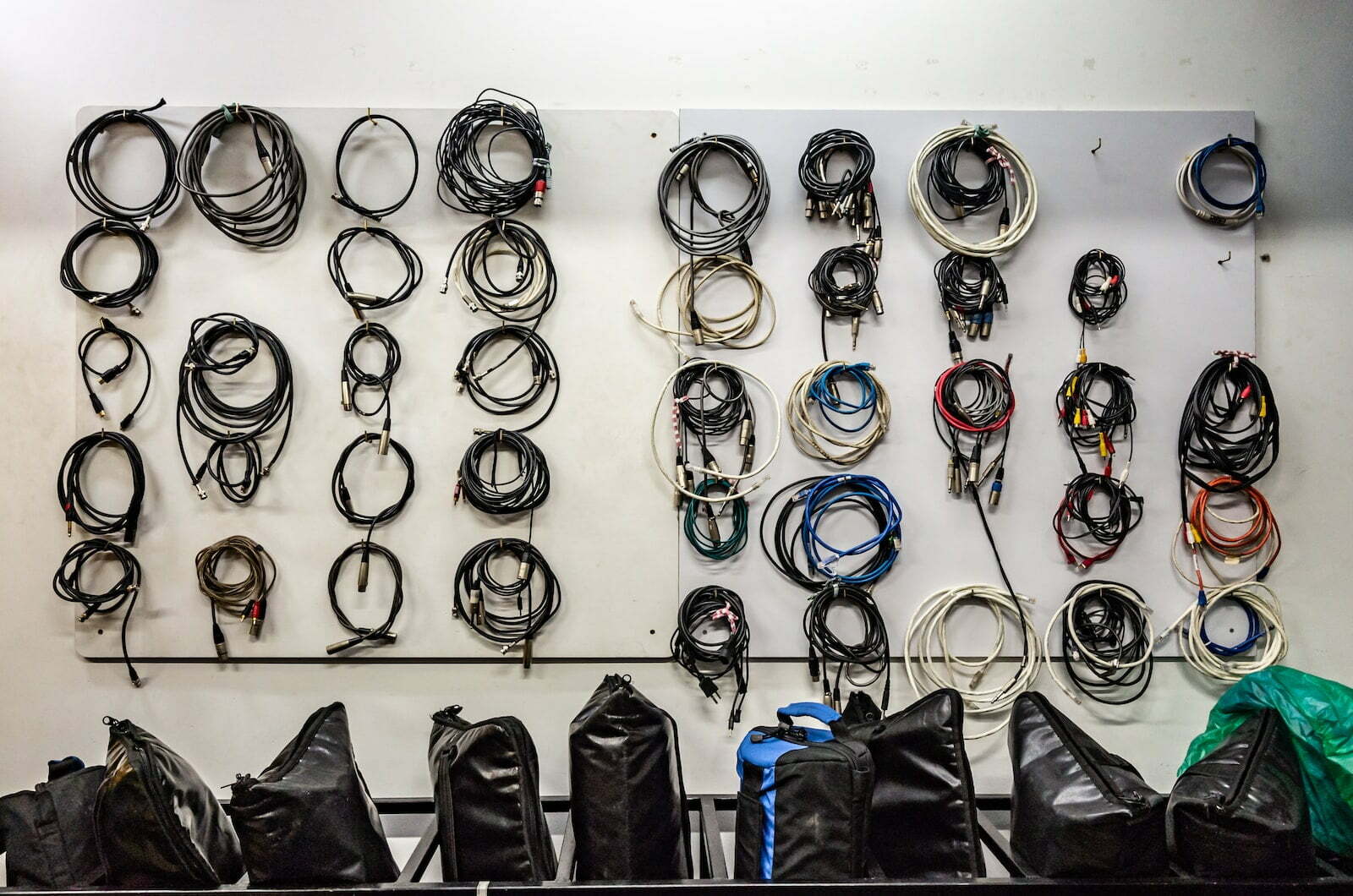
Have you ever wondered why there are so many different types of audio cables? Do you ever find yourself confused when trying to choose the right cable for your audio equipment? Understanding the different types of audio cables and their uses is crucial for anyone involved in the audio industry or simply looking to connect their home audio equipment.
Whether you’re a professional sound engineer, a musician, or just a casual music listener, knowing about the different types of audio cables can help you make informed decisions about your audio setup, improve the quality of your sound, and ultimately enhance your overall listening experience. In this increasingly digital world, where audio equipment is constantly evolving, having a basic understanding of audio cables and their uses is more important than ever before.
There are several different types of audio cables, each with its own purpose and advantages. Here are some of the most common types:
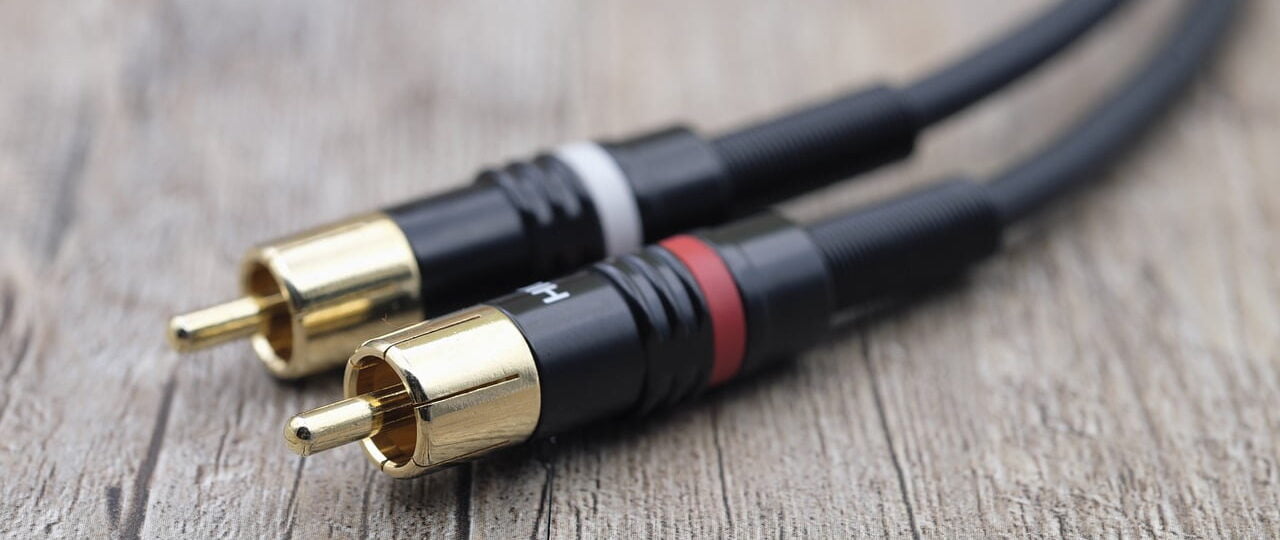
- RCA Cable: This is a pair of unbalanced cables with red and white connectors. It’s commonly used to connect home theater systems, DVD players, and other audio equipment to TVs or receivers RCA stands for “Radio Corporation of America” and refers to a type of electrical connector commonly used for audio and video signals. RCA connectors are typically found in pairs, with one connector for the left audio channel and another connector for the right audio channel, as well as a third connector for video signals. RCA connectors are sometimes referred to as “phono” connectors, as they were originally designed for use with phonograph (record) players. RCA connectors are commonly used for connecting audio and video equipment, such as DVD players, VCRs, and stereo receivers, to speakers or a television. RCA cables transmit analog audio and video signals through a single cable with two or three connectors. The connectors are typically color-coded, with the red connector used for the right audio channel, the white connector used for the left audio channel, and the yellow connector used for video. RCA cables can be susceptible to noise and interference, as they do not use a balanced signal transmission method like XLR cables. However, they are still widely used in many consumer audio and video applications due to their simplicity and affordability.
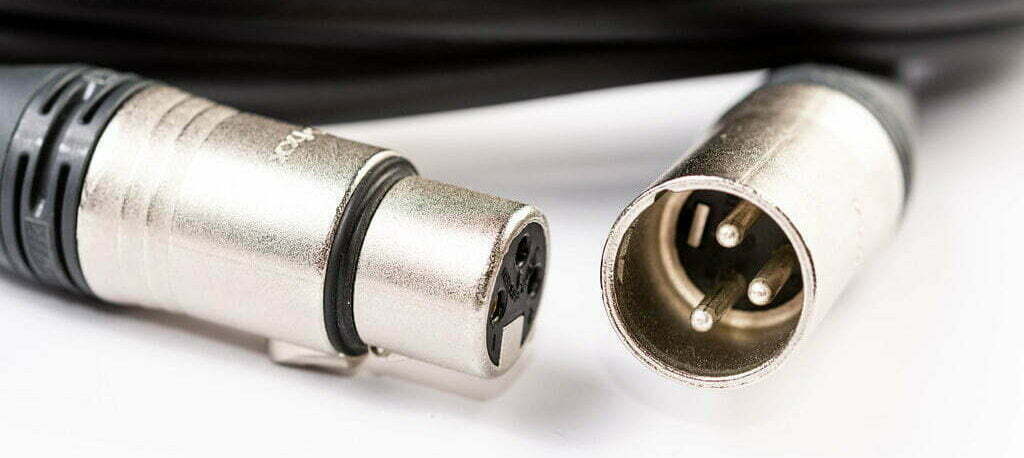
- XLR Cable: This is a balanced cable with a three-pin connector on each end. It’s commonly used for microphones and professional audio equipment, as it provides better noise rejection and signal quality than unbalanced cables.
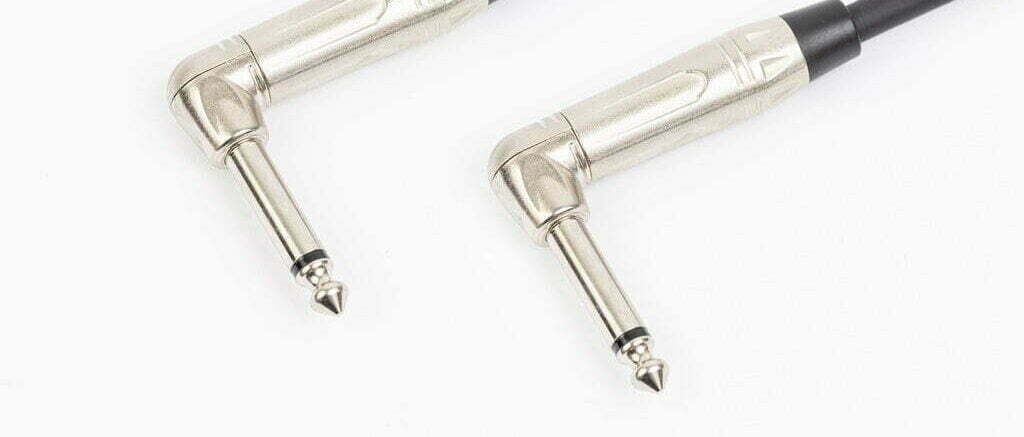
- TS Cable: TS connectors, also known as “Tip-Sleeve” or “mono” connectors, have two poles and are typically used for unbalanced mono audio signals. They are commonly found on guitar and instrument cables, as well as on some consumer audio equipment. TS connectors have a single black insulating ring around the shaft of the plug.
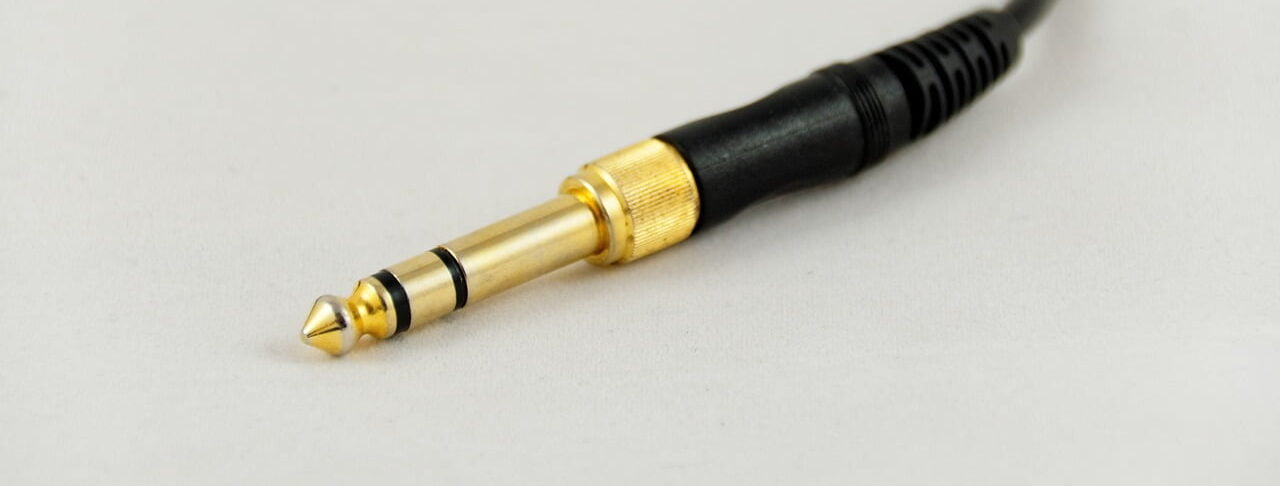
- TRS Cable: TRS connectors, also known as “Tip-Ring-Sleeve” or “stereo” connectors, have three poles and are used for balanced or stereo audio signals. They are commonly found on headphones, microphones, and professional audio equipment. TRS connectors have two black insulating rings around the shaft of the plug.
There are several other sizes of TS and TRS connectors available, including:
- 6.25mm (1/4″) – The most common size of TS and TRS connectors is 1/4″, which is commonly used in professional audio applications.
- 3.5mm (1/8″) – 3.5mm connectors are commonly used in consumer audio devices, such as smartphones and portable music players.
- 2.5mm – 2.5mm connectors are less common but can be found on some older equipment.
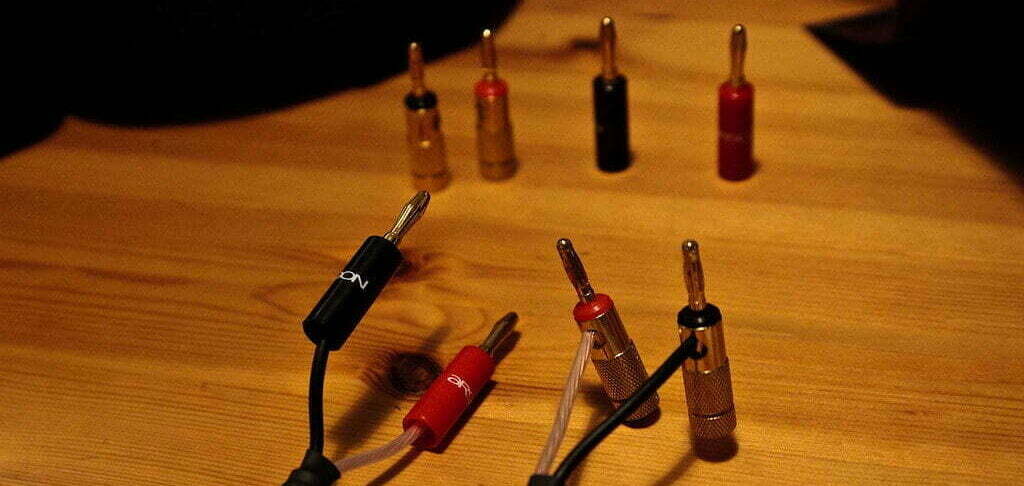
- Banana plugs are a type of connector used to make speaker connections. They are named after their shape, which resembles a banana, and are designed to plug into the back of a speaker or amplifier. Banana plugs typically have a cylindrical shape with a metal pin in the center and a collar around the outside.
Banana plugs are commonly used with speaker wire that has been pre-terminated with a banana plug connector, or with wire that can be stripped and inserted into the plug. They are often found in home theater systems, stereo systems, and other audio equipment where high-quality speaker connections are important.
As for digital audio signals, several types of cables include:

- Coaxial Cable: This is a type of cable with a single conductor in the center, surrounded by a layer of insulation and a metallic shield. It’s commonly used for digital audio signals, such as S/PDIF, and can transmit both audio and video signals.
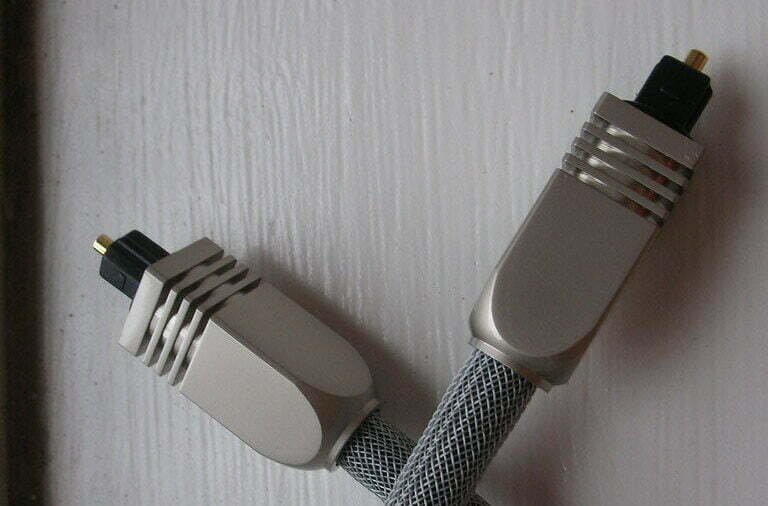
- Optical Cable: This is a cable with a light-carrying core that transmits digital audio signals using light instead of electrical signals. It’s commonly used for digital audio signals, such as TOSLINK or ADAT, and is known for its high fidelity and resistance to interference.
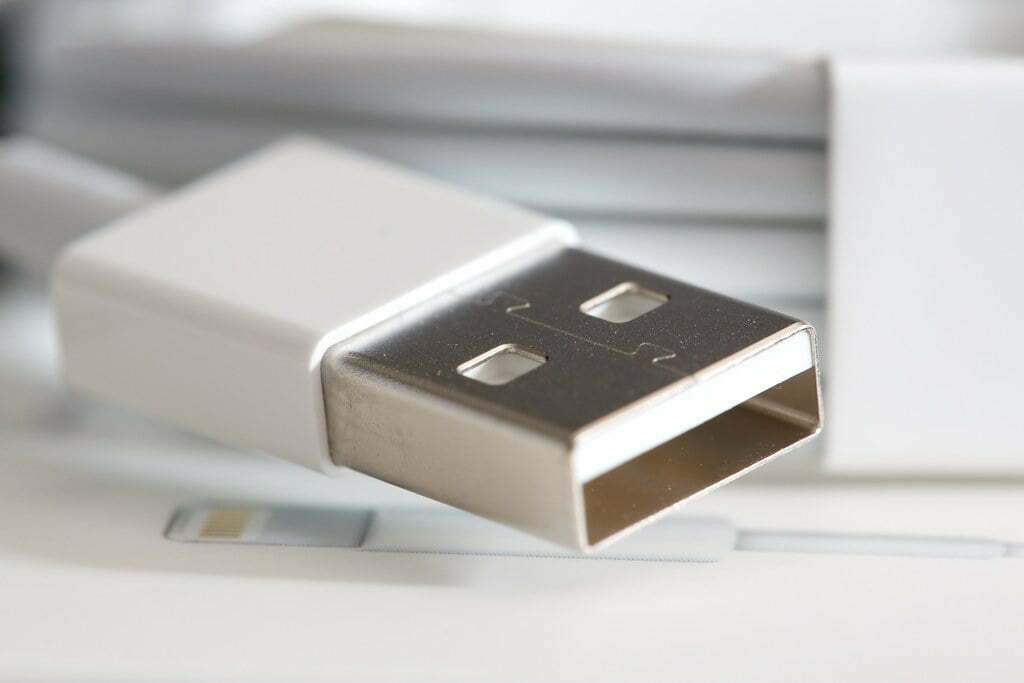
- USB Cable: This is a cable with a USB connector on one end and another type of audio connector on the other end, such as a 3.5mm connector or an XLR connector. It’s commonly used for connecting digital audio devices to computers or other devices with USB ports.
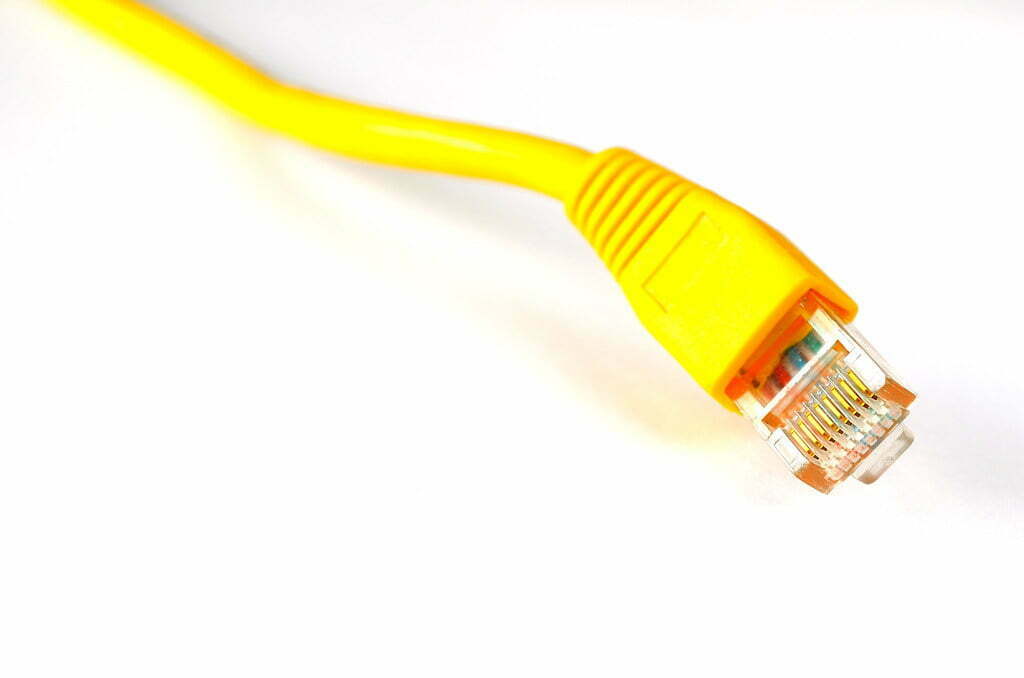
- Ethernet Cable: This is a type of cable used for networking and can transmit digital audio signals in addition to data. It’s commonly used for streaming audio over a network, such as with a networked audio player or home theater system.
The type of audio cable you need depends on the equipment you’re using and the type of audio signal you’re transmitting. For example, if you’re connecting a microphone to a mixer, you would typically use an XLR cable. If you’re connecting a portable device to a speaker, you might use a 3.5mm cable. It’s important to use the appropriate cable for your application to ensure the best sound quality and signal integrity.










































































































